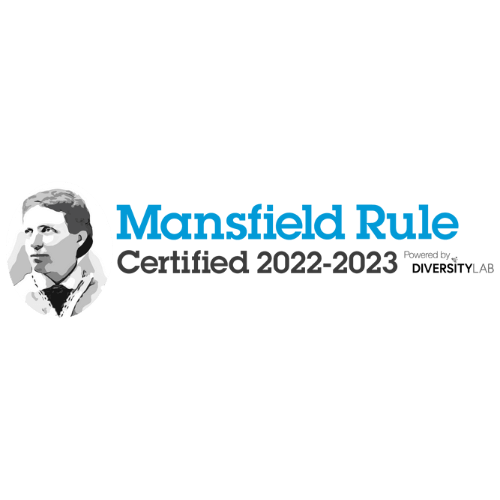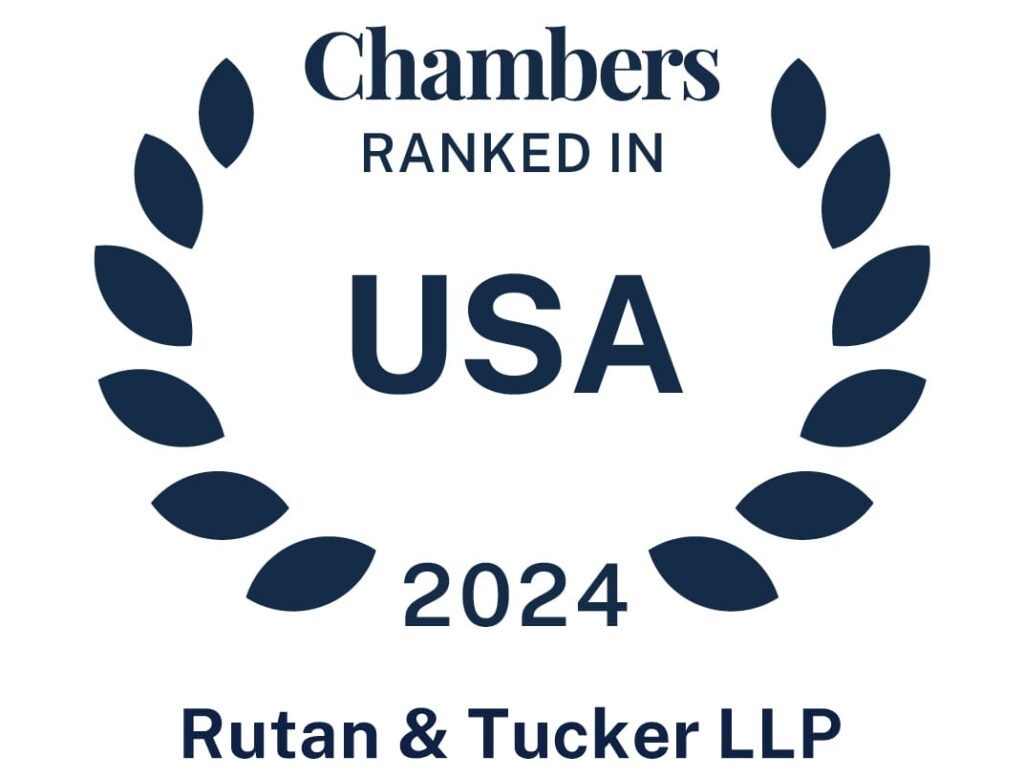On April 12, 2024, the United States Supreme Court issued a landmark decision unanimously reversing a California appellate court that had wrongly refused to require a county’s “traffic mitigation” development fees to comport with the constitutional safeguards that such fees and other development exactions be shown to be “reasonably related” and “roughly proportional” to the impacts allegedly caused by new development.
In Sheetz v. County of El Dorado[1] the Supreme Court held that those constitutional requirements (previously announced in a pair of cases known as Nollan[2] and Dolan[3]) apply to fees and similar exactions imposed as conditions of development approval – even if those fees had been “legislatively enacted” and made applicable to broad groups of development activity, rather than imposed on an ad hoc, project-specific basis. The Supreme Court made clear that the California court had erroneously assumed that there is a valid distinction between such fees, and that the Nollan/Dolan requirements of reasonable nexus and rough proportionality did not apply to development fees if they were adopted by a “legislative” body as part of a generally-applicable fee schedule.
Land use authorities in some jurisdictions – including California – have regularly circumvented these constitutional limitations by imposing fees as a general matter via legislation. For example, the petitioner in Sheetz who sought only to install a modest manufactured home on his remote property was nonetheless required to pay over $23,000 in traffic impact fees to the county pursuant to a schedule of legislatively-adopted fees made broadly applicable to various types of development. Had the County imposed the $23,000 fee as a condition of approval for his building permit, the fee would have been required to be roughly proportional with Sheetz’s actual traffic impacts. But because the traffic impact fee was imposed as a general matter through the County’s General Plan, the County claimed, and lower courts agreed, that Nollan/Dolan analysis was not required, and therefore no taking could have occurred.
The holding today in Sheetz harmonizes an important area of law related to the Fifth Amendment’s prohibition on unconstitutional takings of private property. In holding that the Nollan/Dolan test extends to such legislatively established fees, the Court opines that “[n]othing in constitutional text, history, or precedent supports exempting legislatures from ordinary takings rules,” and that the Fifth Amendment’s prohibition on the taking of private property “does not single out legislative acts for special treatment.” The Court concludes that the Takings Clause “applies equally to both—which means that it prohibits legislatures and agencies alike from imposing unconstitutional conditions on land-use permits.”
The Court’s decision today will likely have lasting and significant effects on the land use permitting process, and opens the door for potential challenges to development impact fees. Further, the adoption of such fees moving forward will be subject to more transparency as to the amounts of the fees charged.
Dave Lanferman, Doug Dennington, and Jayson Parsons of Rutan & Tucker represented the National Association of Home Builders and the California Building Industry Association as amicus curiae in support of the prevailing petitioner, Mr. Sheetz, in briefing before the Supreme Court.
Rutan will be hosting a virtual CLE program discussing Sheetz and its fundamental changes to land use permitting and takings law. If you are interested in attending virtually, please email hmorey@rutan.com.
For more information, please contact Dave Lanferman, Doug Dennington, Jayson Parsons or Scott Cooper at Rutan & Tucker.
[1] https://www.supremecourt.gov/opinions/23pdf/22-1074_bqmd.pdf
[2] Nollan v. California Coastal Commission, 483 U.S. 825 (1987)
[3] Dolan v. City of Tigard, 512 U.S. 374 (1994)



